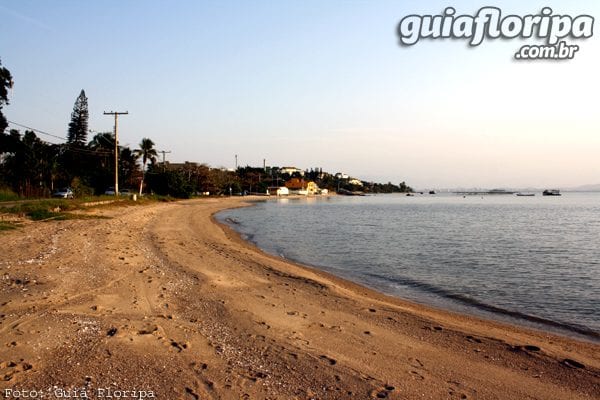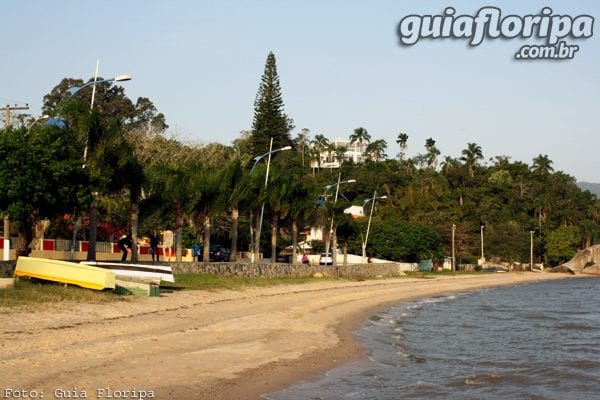Cacupe Beach - Florianópolis Beach
Região: north of the island
Subdivision: cacupé
Nearby beaches: Saint Anthony of Lisbon (3 km north)
Distances: Centro e Bus Station 16 km| Airport 26 km
Beach Type: shallow beach (fine sand and depth slowly increases)
Curling: Calm (no waves)
Sand range: Narrow (up to 10 m)
Beach Length: 0,9 km
water temperature: Moderate
Also find: water sports, mariculture, fishing

Bathed by the calm waters of the north bay channel, Cacupé is a corner still little explored by tourists. The beach mixes modernity and tourism with the traditions of the native residents, who live from artisanal fishing and oyster farming.
The beach is not very popular for swimming. There are no umbrellas, street vendors or people spending the day sunbathing. It is a more reserved place, which attracts for the pleasant walks along the coast, for the beautiful view of the North Seaside Avenue and bridges, for tranquility and gastronomy.
A detail to be repaired are the facades of the fishermen's houses facing the road and facing the sea. Essentially residential, the neighborhood is made up of a quiet and peaceful community, with high-end homes and restaurants.
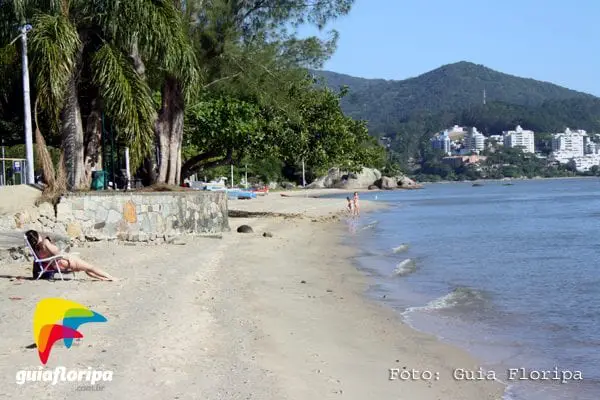
The sand strip of Cacupé is narrow and intersected by cliffs or clusters of stones, forming small beaches. In some of them, the bather may have the feeling of being on a private beach, as there is no one else to share the sand with.
The waves are almost non-existent because they are so small, ideal for taking children. It is a pleasant place to gather friends and family for a more intimate tour, away from the hustle and bustle of the city.
ADVERTISING
Natural Features of Cacupé
Cacupé is made up of several stretches of beaches separated by rock formations and small hills. Because of this, the Cacupé is popularly divided into Cacupé Grande and Cacupé Pequeno - with the Grande consisting of only one strip of sand, while the Small consists of four strips of sand. Each of these four strips has gained a popular designation, according to the name of the residents who settled there.
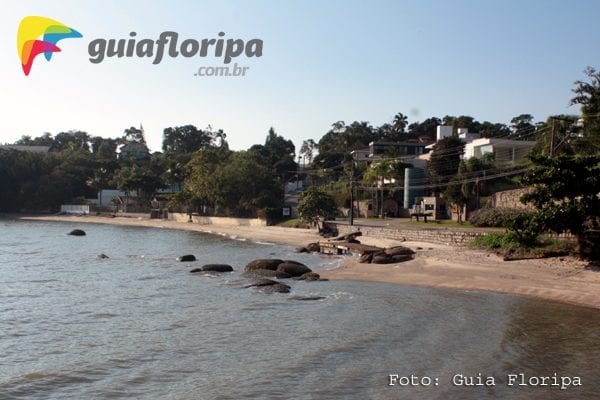
They are (in the north-south direction): Praia do Vivino, Praia do Hipólito or das Irmãs, Praia do Zé da Benta and Praia do Teodoro.
The northern limit is made by Ponta do Forte and, to the south, by Ponta do Cacupé Grande.
ADVERTISING
The sand is of medium texture, coarser in relation to the open sea beaches in the north of the island and of a light gray color. The strip of sand is narrow, varying between zero and ten meters.

The waves are very weak, almost non-existent on windless days, as the sea is a bay, located in the channel between the island and the mainland.
Cacupé Grande has, in general, the same characteristics: bay sea that provides weak waves, light gray sand and medium texture. The limits are the Pontas do Cacupé Grande and Siqueira.
The vegetation of Praia de Cacupé is well preserved and forms beautiful landscapes. The soil, at the bottom of the sea, has muddy characteristics, as it is close to the Saco Grande Manguezal area.
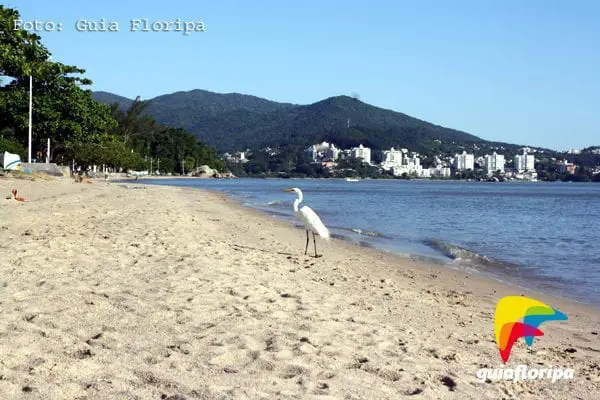
Despite sharing the waters with the sea on Av. On the North Seashore, Fatma often evaluates the Cacupé sea as suitable for bathing. This is mainly because the water currents first pass through Cacupé and then encounter pollution.
Still, it is important to check the bathing reports da Fatma before bathing in the waters of Cacupé, as the change in winds can vary this state.
History of Cacupé
The history of this region does not have many records, making it difficult to understand the occupation process in the place. This lack of documentation also has to do with the fact that Cacupé did not have the historical importance that other regions have.
ADVERTISING
The word Cacupé comes from the Tupi-Guarani indigenous language and means green behind the hill. This denomination has always been used to characterize the area and indicates the passage of Indians through the place – even if they have not settled.
Cacupé has always been linked to the town of Santo Antônio de Lisboa, which was a customs center in the XNUMXth and XNUMXth centuries. The beaches of Cacupé were used for fishing and for housing settlers who owned land where they grew corn, beans and manioc, some fruits and cattle.
The production of flour also existed, along with several mills that were established there.
In the 1960s, the construction of the Hotel do Sesc on the site boosted commercial construction and some houses around it.
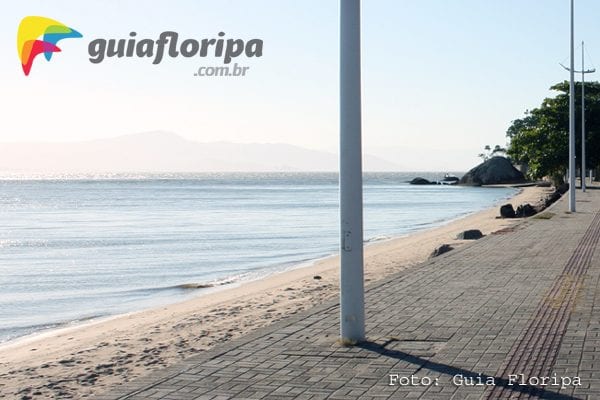
Today, the neighborhood is consolidated as a residential location and invests in high-end real estate developments.
DISCOVER MORE north island beaches:
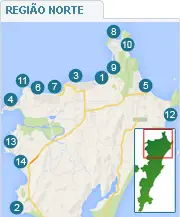
- Bom Jesus waterfall
- cacupé
- Canasvieiras
- Daniela
- English
- Jurerê International
- Traditional Jurerê
- Lagoinha
- Ponta das Canas
- Brava Beach
- Forte beach
- Santinho beach
- sambaqui
- Saint Anthony of Lisbon
other regions
Looking for beaches in other regions of the island? Visit the links below:












